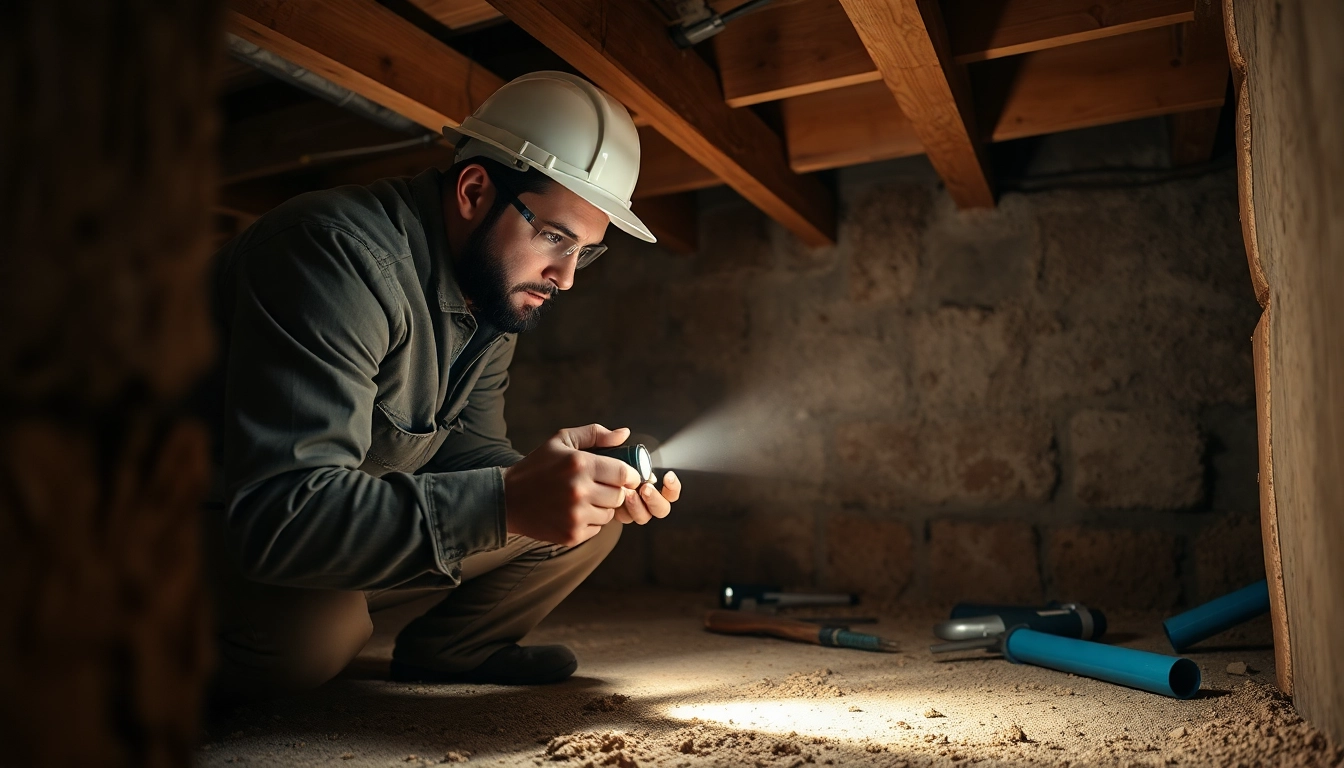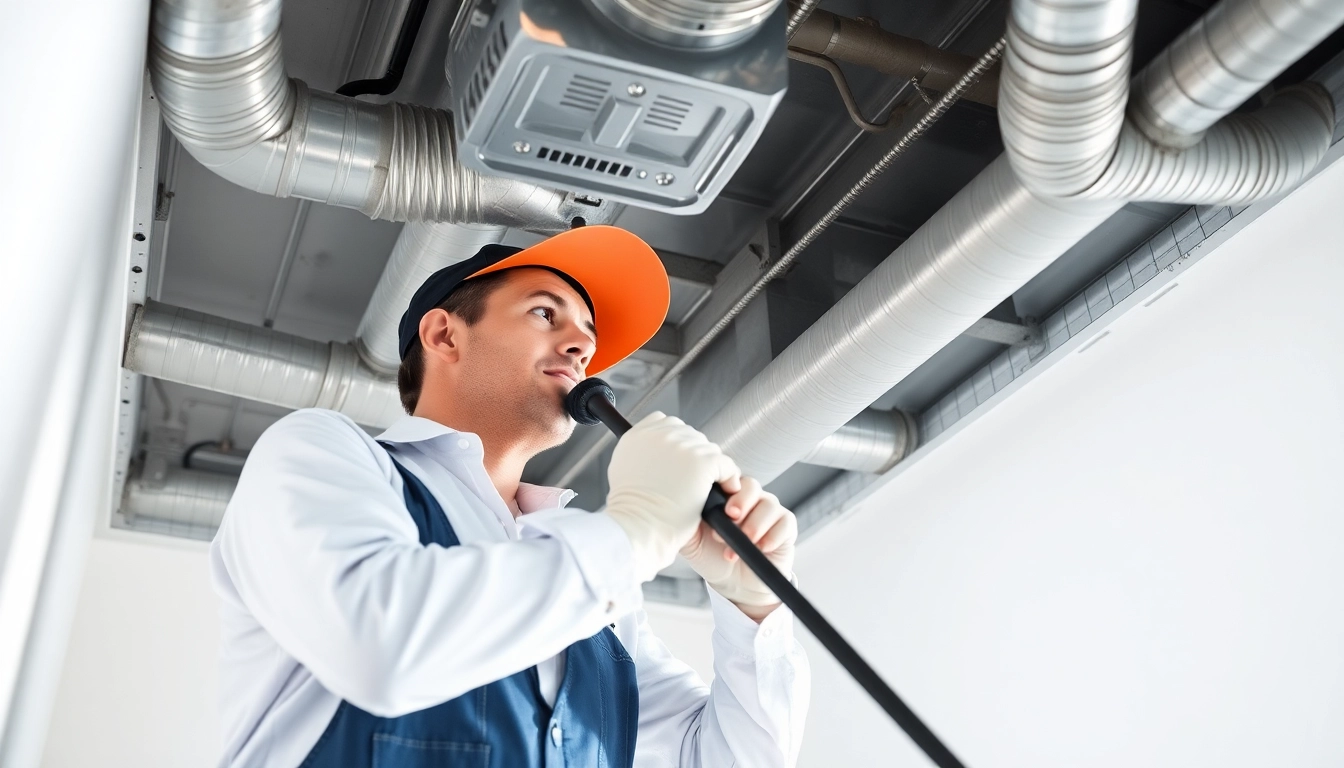The Importance of Regular Termite Inspections
For homeowners, maintaining the structural integrity of their property is of utmost significance. One critical yet often overlooked aspect of home maintenance is termite inspections. Termites can cause severe damage if left unchecked, so regular inspections are not just a precaution; they are a necessity.
Why Homeowners Should Prioritize Termite Inspections
Termites are known as the “silent destroyers” due to their ability to chew through wood, flooring, and even wallpaper undetected. Regular inspections help in identifying potential inf infestations early on, preventing costly repairs and extensive damage. A termite inspection can save homeowners from the financial strain and emotional stress associated with extensive property damage.
Understanding the Risks of Termite Infestations
The risks of termite infestations extend beyond mere structural damage; they can jeopardize the safety of the inhabitants. Termites can compromise the integrity of load-bearing walls and flooring, leading to serious hazards such as collapses. Additionally, the financial implications can be significant: the average homeowner spends thousands in repairs once an infestation is detected. By understanding these risks, homeowners can be motivated to take preventative measures seriously.
Common Signs Indicating the Need for Inspections
- Visible Damage: Look for hollowed-out wood, crumbling drywall, and sagging floors.
- Frass: Small piles of discarded wings or droppings are telltale signs of termite activity.
- Noise: Clicking sounds within walls may indicate termites at work.
- Earth Mounds: Products of subterranean termite activity, these may be found in soil or around basements.
What to Expect During a Termite Inspection
Knowing what to expect during a termite inspection can help homeowners prepare for the process effectively. This thorough evaluation typically takes 45 minutes to an hour, depending on the property size.
The Step-by-Step Process of Termite Inspections
- Initial Assessment: The inspector will start with a visual inspection of the house’s exterior, looking for signs of damage or conducive conditions.
- Interior Inspection: This involves examining the crawl spaces, attics, basements, and any other accessible areas.
- Moisture Check: Inspectors use moisture meters to locate areas that may attract termites.
- Documentation: Finally, the inspector documents findings that can be used for further action or treatment recommendations.
Tools and Techniques Used by Inspectors
Termite inspectors utilize various tools to effectively assess the presence of termites. These include moisture meters, infrared cameras, and boroscopes for inspecting hard-to-reach areas. A specialized sound probe might also be used to detect hollow wood, providing additional insight about the presence of wood-destroying insects.
The Role of Homeowners During Inspections
Homeowners play a crucial role during the inspection process. They should ensure that the inspector has access to all areas of the home, including attics and basements. Homeowners can also help by providing information about any previous pest issues or physical signs of termites they may have noticed.
Cost Analysis of Termite Inspections
Cost is often a major consideration for homeowners, and it’s essential to understand what factors influence the pricing of termite inspections.
Understanding Pricing Factors for Termite Inspections
The cost of termite inspections typically ranges between $75 and $325, depending on various factors such as geographic location, the size of the property, and the complexity of the inspection. More extensive properties may require longer inspection times, which can increase the fee. Some companies may offer package deals that include treatment plans, influencing overall costs.
What You Get for Your Money
When investing in a termite inspection, homeowners are not just paying for a service but for peace of mind. A thorough inspection provides detailed reports of any infestations, recommendations for treatment, and advice on how to prevent future issues. Moreover, some companies include warranties or follow-up visits, adding value to the initial cost.
Budgeting for Annual Termite Inspections
Including termite inspections in your annual home maintenance budget is a smart strategy. Setting aside a small amount per month can make the cost manageable and ensure your property remains free of infestations. Incentives from pest control companies for annual contracts can also be financially beneficial.
Finding a Qualified Termite Inspector
Not all termite inspectors are equal; finding a qualified professional is crucial for a thorough inspection.
Key Qualifications to Look for in Inspectors
Homeowners should seek inspectors who are licensed, insured, and have a solid reputation in the community. Look for affiliations with professional organizations, which can indicate a commitment to ongoing education and industry standards. Additionally, inquire about their experience in dealing with the specific termite species common in your region.
How to Evaluate Inspections and Reviews
Checking online reviews and ratings can provide valuable insights into the reliability and effectiveness of potential inspectors. Websites like Yelp, Google Reviews, and Angie’s List feature user experiences that can help you gauge the quality of service. Don’t hesitate to ask for references directly from the inspector to confirm past client satisfaction.
Local vs National Pest Control Companies
Choosing between local and national pest control companies has its pros and cons. Local companies may offer personalized service, have expertise on local pest issues, and provide tailored solutions. In contrast, national companies may have more resources, established procedures, and warranties. Evaluating your specific needs is crucial in making the right choice.
Post-Inspection Actions and Treatments
Once the inspection is complete, knowing how to proceed is vital to safeguarding your home.
Next Steps After a Termite Inspection Report
If the inspection reveals termite activity, homeowners should act swiftly. Review the inspector’s report carefully, as it will detail the extent of the infestation and recommend treatment options. Discuss the findings with the inspector or a pest control specialist to formulate a concrete plan of action.
Effective Treatment Options for Infestations
Treatment options vary based on the severity of the infestation. Common methods include:
- Liquid Treatments: These involve applying insecticides around the foundation to create a barrier.
- Bait Systems: Bait stations are placed strategically to attract and eliminate termites.
- Fumigation: Severe infestations might require the entire house to be tented and fumigated.
Maintaining a Termite-Free Property
Prevention is always better than cure. Homeowners should ensure their properties are properly maintained by:
- Regularly clearing gutters to prevent water accumulation.
- Ensuring proper drainage around the home to reduce moisture.
- Storing firewood away from the house and elevating it off the ground.
- Sealing any cracks and openings in the foundation to deter termite entry.
In conclusion, regular termite inspections are an essential component of responsible homeownership. By understanding their importance and proactively addressing any issues, homeowners can enjoy peace of mind and protect their investment from potential damage.



